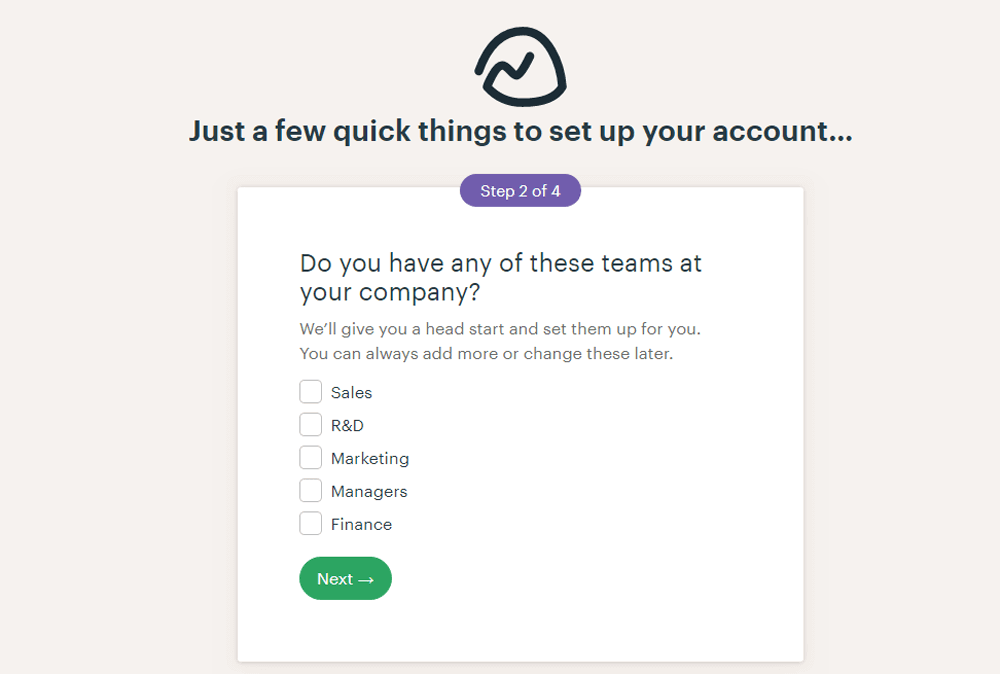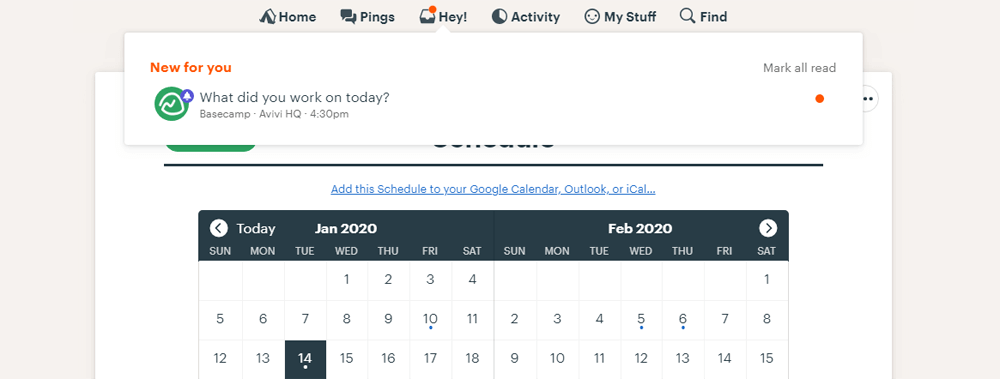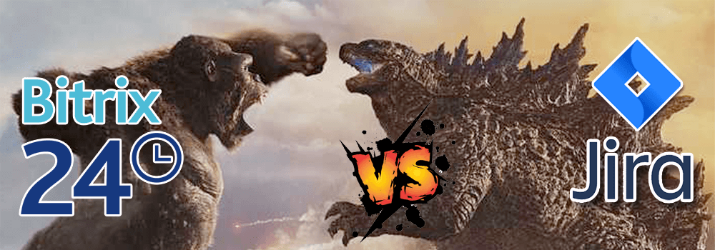Basecamp vs Bitrix24
17 October 2022
next article
In today's world, an incredible number of people are involved in a wide variety of projects. Building a factory is a project, developing a website is also a project, planning a vacation, and this activity can have all the mandatory definitions of a project. Namely, information about who and when should perform the necessary action in order to achieve the desired goal. The task of modern software products is to create the most convenient conditions for joint work of people on the project, flexibility of changes, process control, etc.
Getting to know Basecamp
The demand for project management software stimulated the activity of developers, in particular, the company 37signals, which appeared in Chicago in 1999. Very soon, programmers introduced the Ruby on Rails framework and the Basecamp project management cloud service to the world. The SaaS service quickly found a fertile ground among customers due to its simplicity. And although it is simplicity itself that will play a bad joke with this software, at the beginning of zero it was really something new and necessary.

So, Basecamp allows you to keep your finger on the pulse of not very large projects and manage the team. Like any cloud-based software with rental rights, you can start working here with just a few clicks and minimal registration, but only use the standard interface and functionality. Basecamp is designed for the English-speaking market, and it is mainly North American, so you should not look for a language switch in the settings - it is not there. As well as, let's remind, there is no functionality related to CRM.
Approach to customers
So, for Basecamp, a project is the key concept around which everything else revolves. There are certain mechanisms that, based on projects, regulate the value of software. The main one is the available number of users and the most active projects. Initially, Basecamp did not have a free tariff, but the competitive environment forced developers to provide it in a very condensed form: only three projects, no more than 20 participants and 1 GB in the cloud. At Bitrix24, the free tariff provides for up to 12 users, but with an unlimited number of projects and 5 GB of storage. Objectively, this offer is more profitable, as it allows you to establish long-term and full-fledged work of a small web studio, event agency, mini-production and many other things, where there are several simultaneous areas of work. In addition, even using the free Bitrix24 tariff, you get a lot of other useful functionality in addition to projects.

Unlimited on both platforms starts in paid plans. In Basecamp, it is either $99 per month or $999 per year as a one-time payment (about $83 per month) for an unlimited number of projects and users and a cloud Terabyte. Bitrix24 has $199 for unlimited everything: projects, users, storage space. Agree, there is a difference in price, but a little later we will give a simple example that will make adjustments.
Interface
Regarding the appearance of the programs, opinions differ. As already written above, Basecamp respects simplicity so much that it sometimes plays into the negative. The appearance of projects has practically not changed since the very beginning, and is represented by blocks with a different set of content from text and checklists to schedules, images and attachments. Sometimes this is quite enough, but for project management there are more suitable ways of displaying information. For example, in Bitrix24 there are as many as 4 of them: list, tile (plan), kanban and Gantt chart. Each species has its own characteristics. The list is most suitable for performing mass actions with tasks and filtering: sort by alphabet, date, artist; complete several tasks, change the person responsible for several tasks at once, etc. The Gantt chart allows you to visualize the project with the entire set of tasks, quickly link tasks and change time frames. This is rightfully one of the most convenient methods of displaying things for project managers, as it shows the total workload of the entire team. And kanban is a progressive method of visualizing loading at project stages. With the help of kanban, it is clearly visible at which stage the tasks are accumulating, and where they are empty. In this way, you can analyze and eliminate problem areas in the work, and the movement of cards according to the scale of stages allows you not to miss anything. All types of tasks are available in any Bitrix24 tariff.

Another thing is communication: both work and related. In Basecamp, you can comment on almost everything: every task, every point of the task and even every message in the discussion mode. Inconveniences begin where projects expand significantly. Basecamp users themselves sometimes complain that it is very difficult to find the desired messages among a huge stream of text. For example, you can comment on an entire branch of the project, or you can comment on its final task; it can be done from almost the same place, but the comments will be stored in completely different places. Other users are quite annoyed by the constant intrusiveness of the program: even if you do not participate in any particular task, but are a member of the entire project, you will receive notifications about new messages in the discussion, but without the ability to view the text of these messages.
In Bitrix24, comments are structured much better. A separate chat of participants is added to each project. If necessary, you can create separate chats for the right people. Comments on tasks are collected only in the tasks themselves. And in the Boston update, there was an opportunity to comment on individual points of the checklists.
Integrations and API
The good news: the API is open for both platforms, the bad news for Basecamp — there are very few specialists in their methods and almost all of them are concentrated in the USA. Custom development for a client in Basecamp is quite expensive and, accordingly, takes a lot of time. Bitrix24 has an excellent partner network around the world, whose specialists will gladly take on the creation of additional functionality. It is worth noting that Bitrix24, in addition to the cloud version, also has a server version, which is almost unlimited in terms of functionality.
In addition to custom development, both systems have marketplaces with ready-made solutions. However, since Basecamp belongs to the North American market, all solutions are paid and cost accordingly.
The costs of simplicity
And if we try to understand further and more deeply, then, unfortunately, in Basecamp we will not be able to find the usual Bitrix24 tools that make the team's joint work on the project effective in terms of the company. This includes the possibility of video conferencing and document editing, own mail server, social network, HR tools, time management and much more. Of course, if the creators of Basecamp consider such tools superfluous, then we cannot accuse them of thoughtlessness. However, in today's competitive environment, Bitrix24 successfully moves forward primarily thanks to a rich set of effective tools. And now it's time to give the promised example instead of the results.

A simple example
Many descriptions of Basecamp state that it is a popular system for small web studios. Our company is much more than a studio, but the principle of work is clear to us. In addition to managing projects, such a company needs to at least communicate with customers, distribute work among employees, keep track of employees' time and carry out at least some marketing activity. With Basecamp, it's all third-party software, each with its own cost. With Bitrix24, everything is Bitrix24. You can safely put the final point on this.

We will reach out to within 10 minutes



